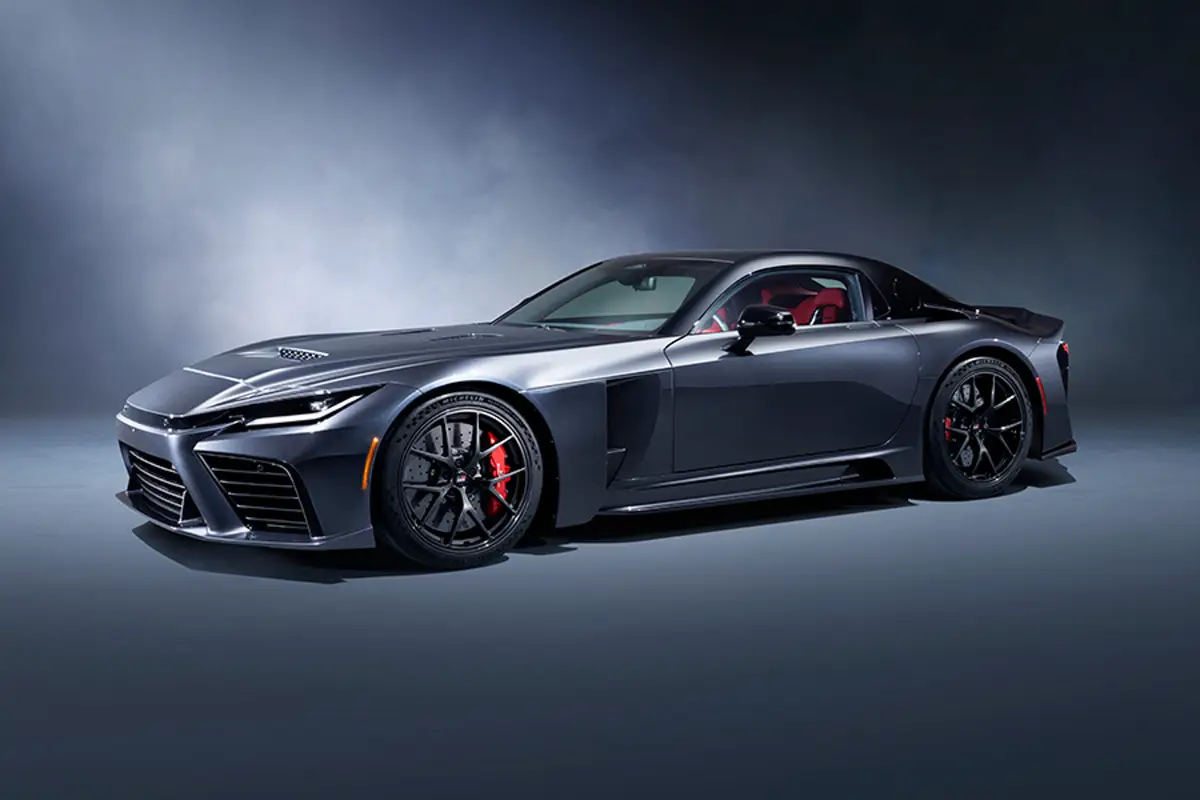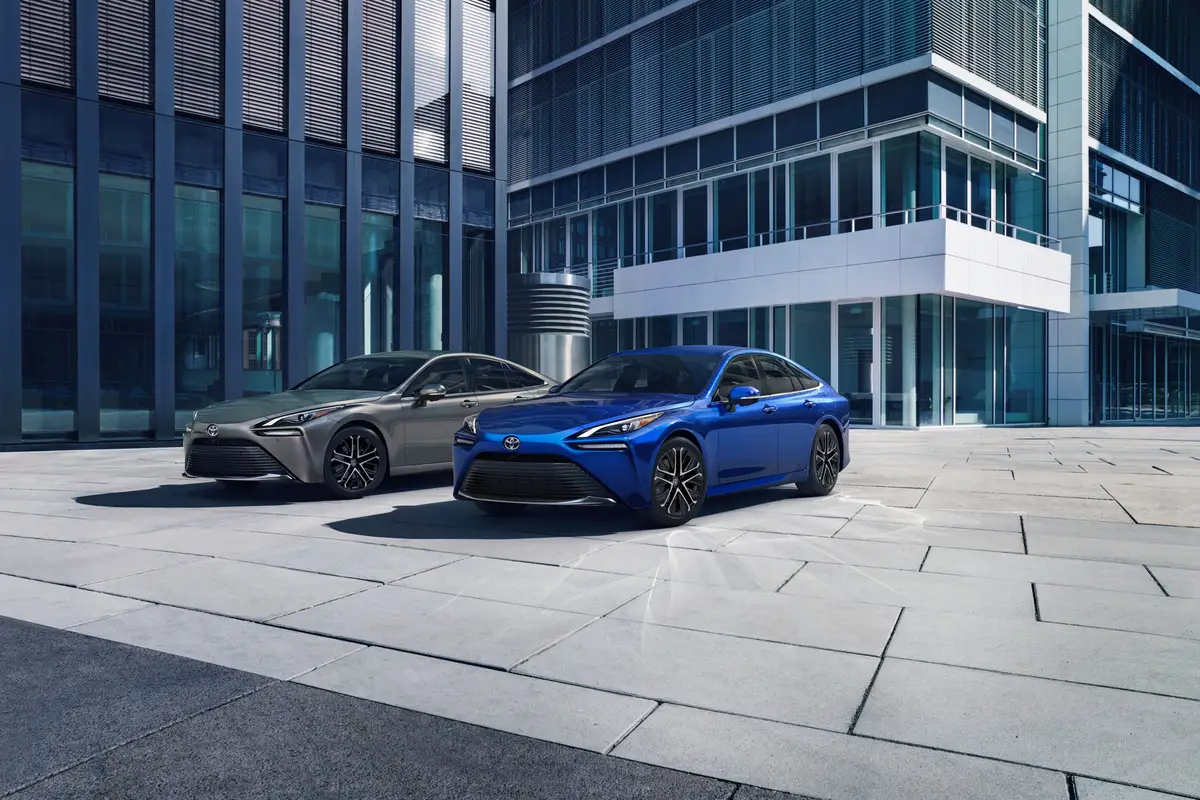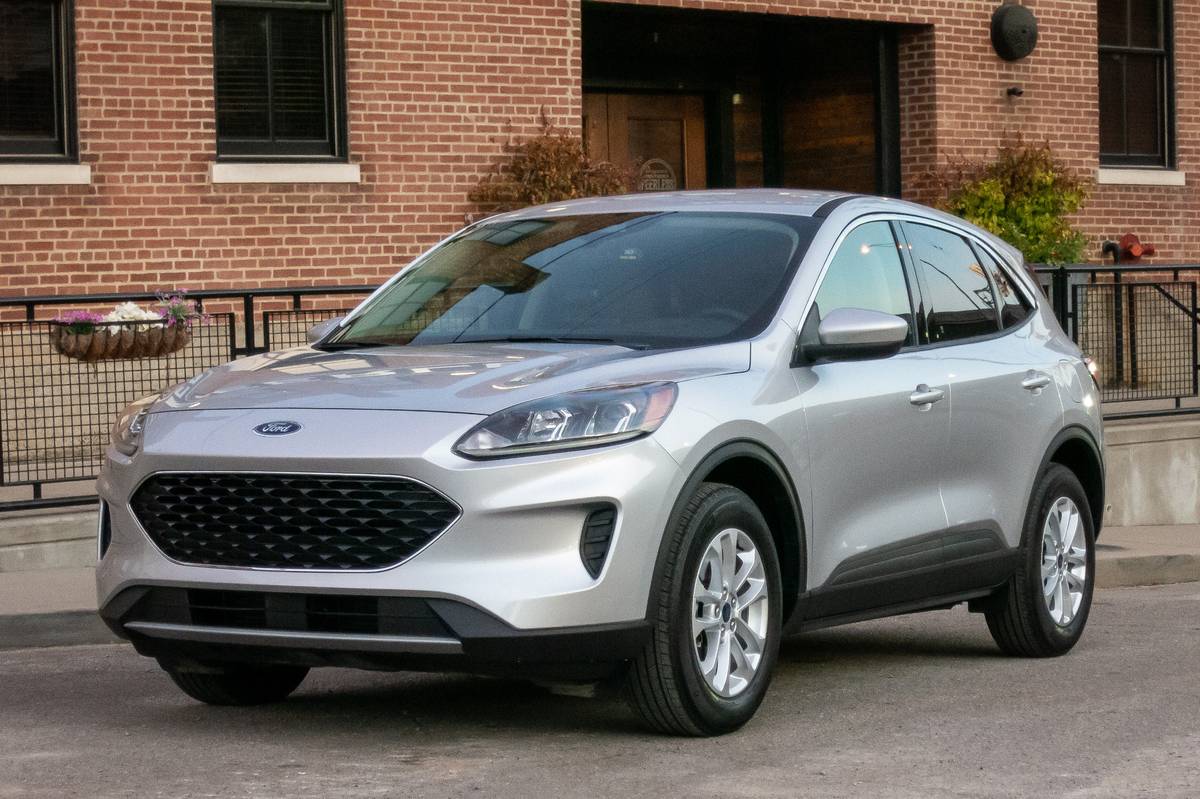washingtonpost.com's view
A Beauty — Despite Appearances
2004 Ford Freestar Minivan
By kindest measure, the 2004 Ford Freestar minivan is a thing of common face.
It lacks the artfulness of the Nissan Quest, the boldness of the new Toyota Sienna and the coyness of the Honda Odyssey.
With its egg-crate grille and semi-slab side panels — saved from total mediocrity by creases beneath its windows — the Freestar is the dowdy student in the new minivan class.
That says much about appearance. It is surface matter.
So, pity the minivan shopper who judges the Freestar on external looks alone. That consumer will miss what is arguably the best minivan offered for 2004.
That means best in interior styling and layout, best in overall utility, and best in overall performance.
That shocks me as much as it might shock you. I was so unimpressed with the Freestar’s face and body, I left it sitting in my driveway untouched for three days. But there came a need to haul stuff to and from New York City, to visit swallow-your-weekend home-improvement stores, and to complete other schlepping tasks.
I was worn out at the end of 800 miles on the road. But I was smitten, completely won over by the tested 2004 Freestar SEL. The thing makes so much sense.
For example, flip-down, fold-flat rear seats have become mandatory in current minivan design. Ford is among the last of the auto companies to follow that trend started by Honda. But in the front-wheel-drive Freestar, the successor to the Windstar minivan, Ford has gone Honda and other rivals several steps better.
You don’t even have to remove the headrests to flip down Ford’s third-row “Tailgate Bench Seat.” The headrests, which more properly should be called head and neck restraints, automatically fold back as the seat disappears into the floor. And, hey, that third-row seat can be turned around to a rear-facing position for tailgate parties, or just sitting and staring at nature between schleps.
Fold-and-tumble second-row seats, activated by the easy, one-hand flip of a lever, are sold as optional equipment.
Storage bins also are common fare in minivans. The Freestar has so many in so many different places, it would take a team of astute sleuths to search the rig. They’ll find holders for 20-ounce bottles in the front doors, dual map pockets, a concealed storage bin atop the instrument panel and cup holders everywhere.
Ford has been pouring lots of money into interior design (obviously at the expense of exterior styling), and it shows. Cheap-feel materials once found in the discontinued Windstar are absent from the Freestar. Instead, there are rich-touch vinyls and high-quality cloth, or optional supple-feel leather.
The Freestar’s instrument panel is uncluttered, tasteful and ergonomically pleasing. That module also has a discernible feel of richness.
Road rumble s long prominent in minivans of all types are diminished greatly in the Freestar, even on bumpy, pockmarked urban streets. The cabin is quiet. The Ford minivan feels solid, tight. It also runs fast and hauls, well, lots of stuff with the greatest of ease.
The tested Freestar SEL was equipped with Ford’s 4.2-liter, 201-horsepower V6 engine. That is less V6 horsepower than the 215 in the Chrysler Town & Country Limited minivan, the 240 in the Honda Odyssey and Nissan Quest, and the 230 in the 2004 Toyota Sienna.
But torque is what matters when it comes to pulling and hauling, which is what minivans are supposed to do, and the Freestar, with 263 foot-pounds of torque delivered by its 4.2-liter V6, trumps all comers.
The Freestar gets a standard 3.9-liter, 193-hp V6. But that base engine closely matches all minivan rivals with 240 foot-pounds of torque.
I’ve driven all of the mentioned minivans extensively, under all kinds of loads and driving condi ons. In the past, I’ve ranked the Toyota Sienna first, the Nissan Quest second, the Chrysler Town & Country third, the Honda Odyssey fourth, and the old Ford Windstar a distant fifth.
That has changed. The new Freestar moves to first place, the Sienna falls to second, followed by the Quest, Town & Country, and, for the moment, the vastly overrated Odyssey.
The Ford minivan, although remaining the beast among beautiful bodies, has arisen; and it rules!
Nuts & Bolts
Downside: Plain-wrapper exterior styling. Fewer miles per gallon than competitors. You pay for all of that torque somewhere. With the Freestar, you pay at the pump.
Head-turning quotient: Nil, zilch, nada.
Ride, acceleration and handling: Best-in-class ride and handling. Competitive with all rivals in acceleration.
Capacities: The Freestar has comfortable seating for up to seven people. Cargo capacity with first-and second-row seats folded is 134.3 cubic feet. With all seats up, cargo capacity is 25.8 cubic feet. The fuel tank holds 26 gallons of recommended regular unleaded gasoline. The Freestar can be equipped to tow up to 3,500 pounds.
Mileage: I averaged 19 miles per gallon in mostly highway driving carrying loads up to 900 pounds.
Body-style/layout: Four-door minivan with rear hatch (automatically operated hatch and side doors optional). Front-wheel-drive.
Engines/transmission: Two V-6 engines: 193-horsepower, 3.9-liter, and 201-horsepower, 4.2 liter. Both get an electronic, four-speed automatic transmission.
Trim lines: Five. Base S and SE, mid-level SES, upper-level SEL, and Limited.
Crash safety: Best in class. Super-rigid body structure, available “Safety Canopy” side curtain airbags engineered to deploy in a potential rollover; three-point belts at all seating positions; front-structure deliberately designed to prevent or limit injury in frontal offset crashes.
Price: Base price of the tested 2004 Freestar SEL is $29,310. Dealer invoice price on base model is $26,541. Price as tested is $32,240, including $2,245 in options and a $685 destination charge.
Purse-strings note: Gets this column’s Best Minivan award, which is not given lightly considering the intense competition in the minivan segment.
Latest news



